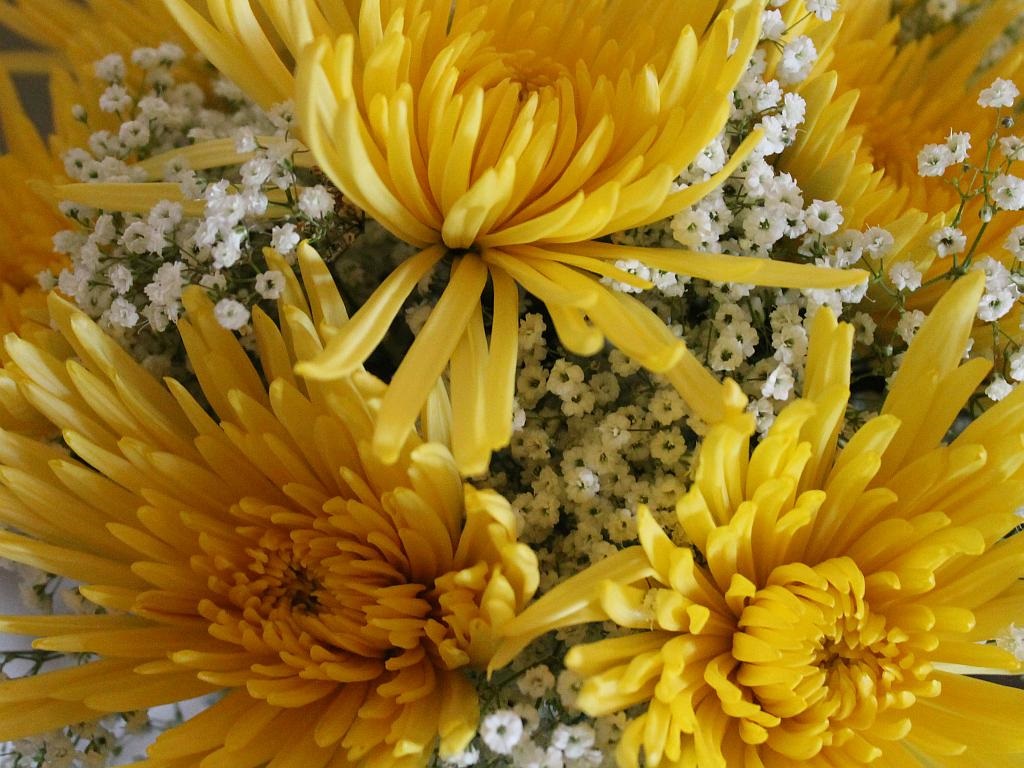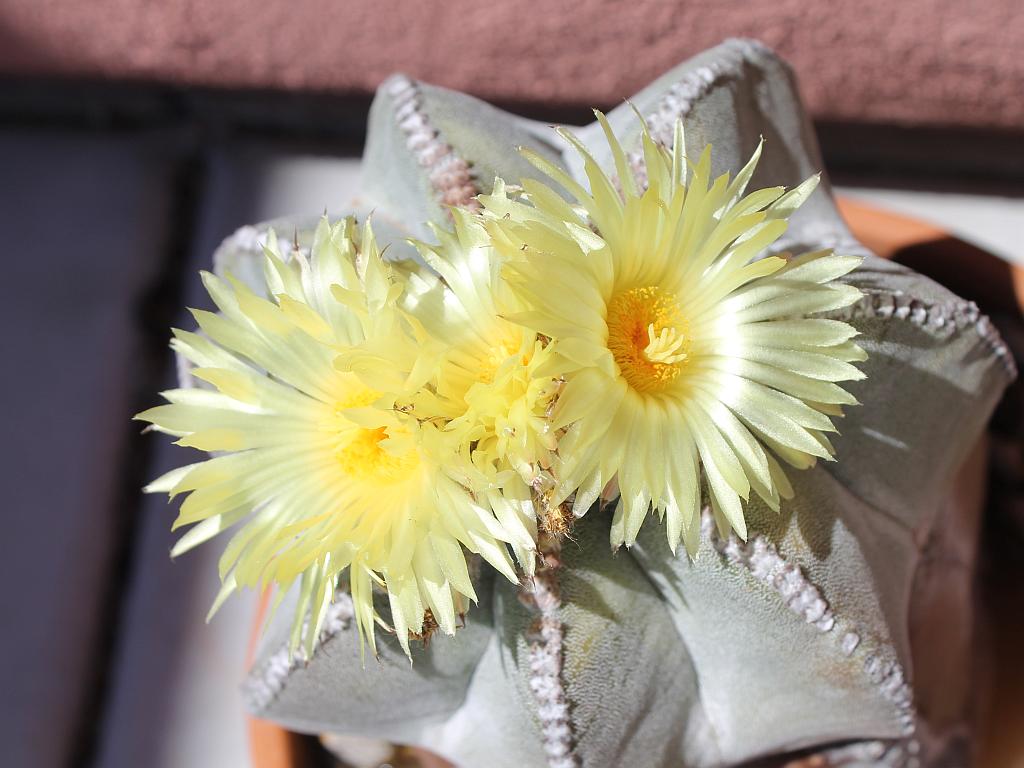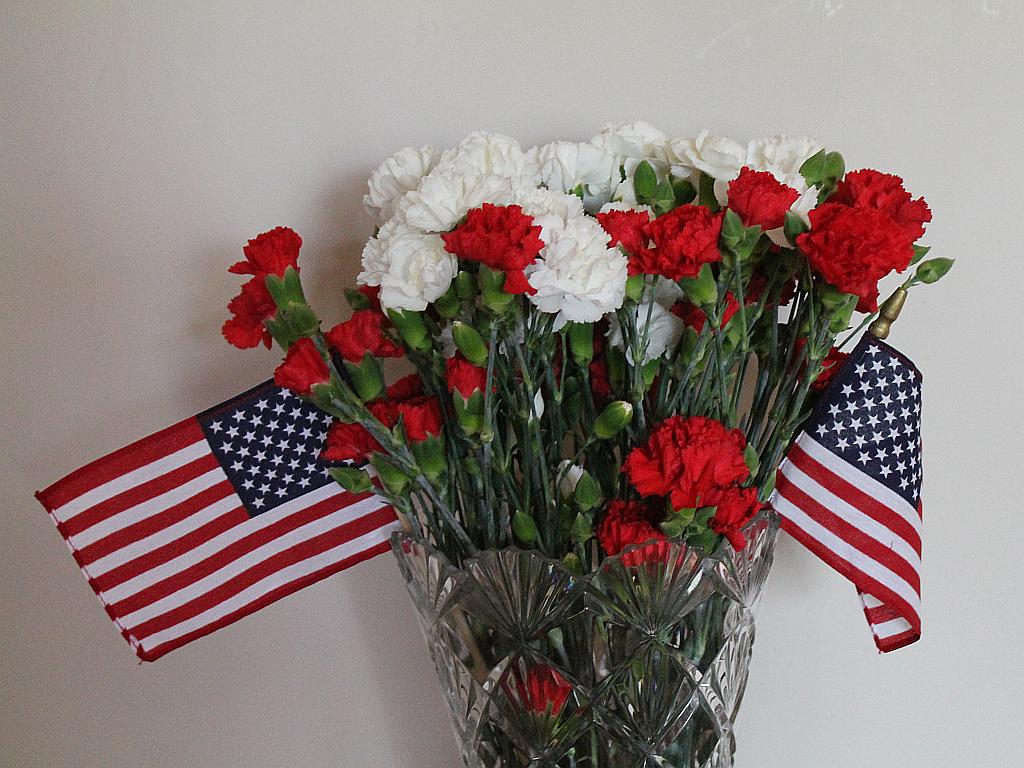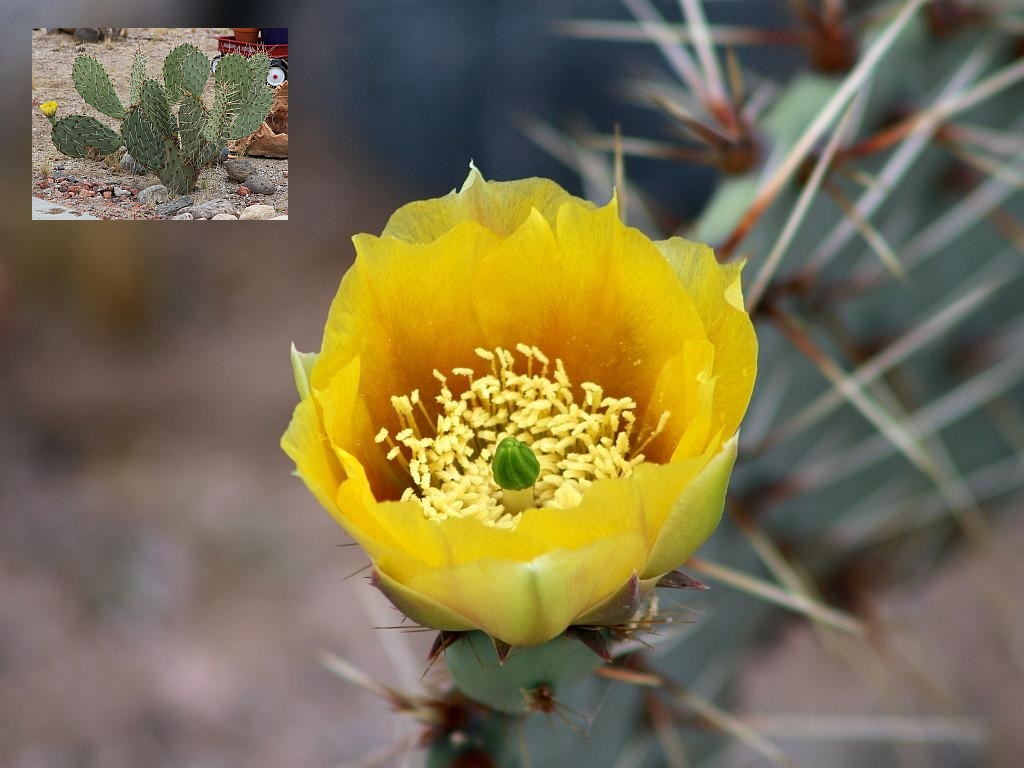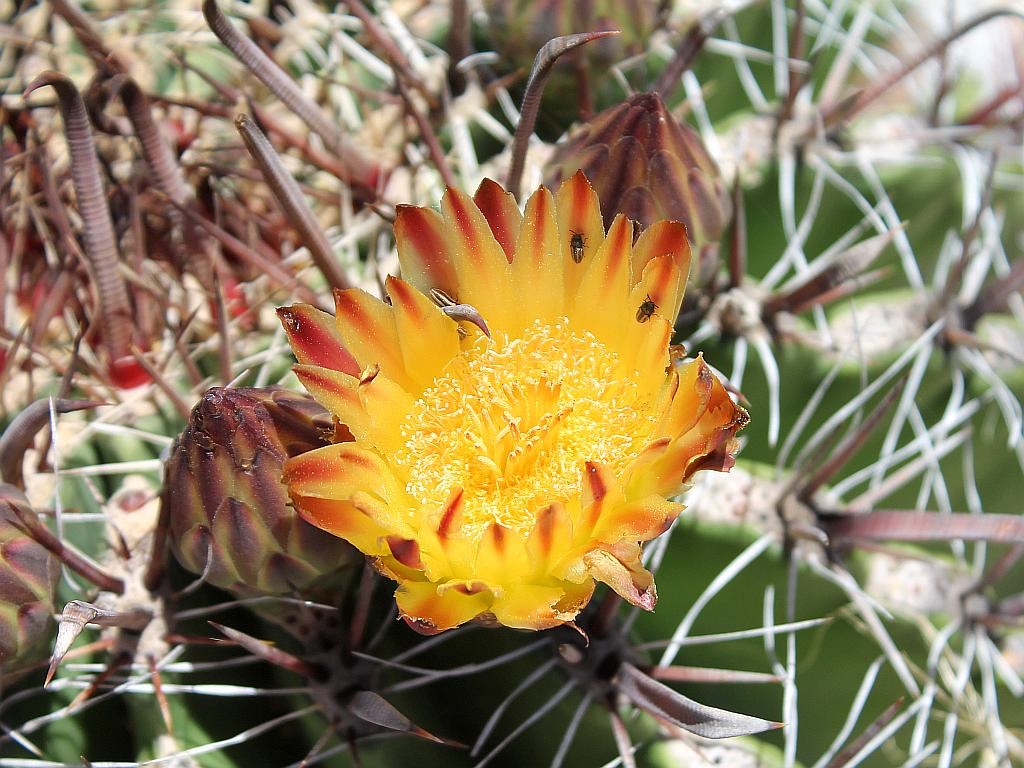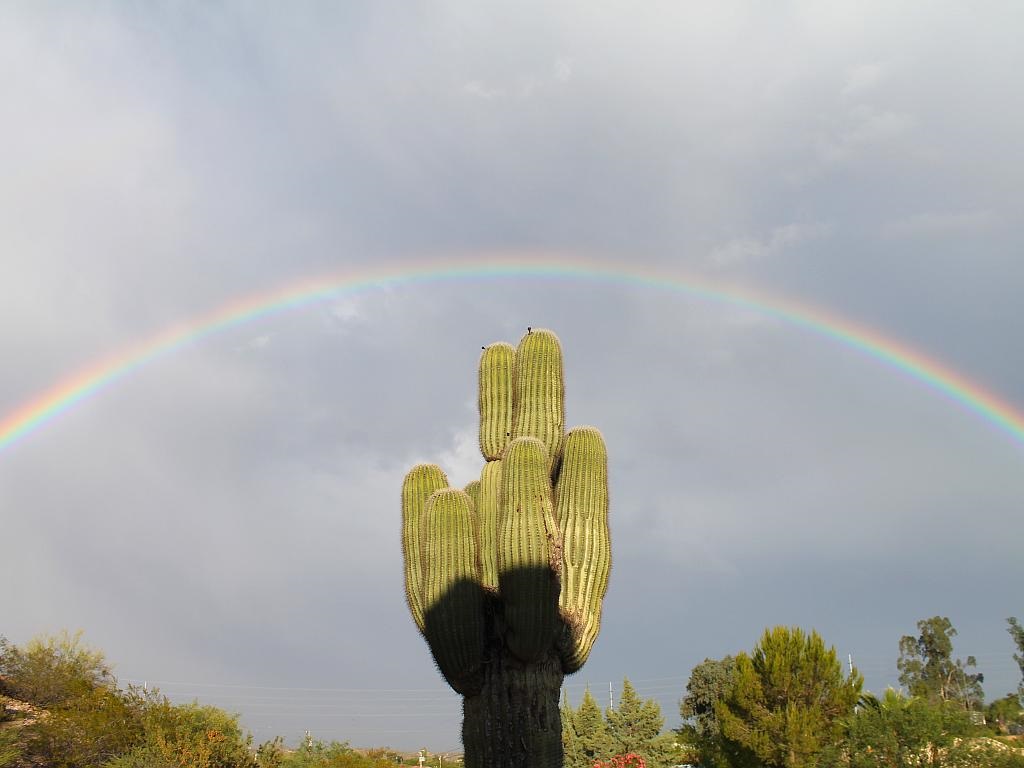Lately, the flowers at the supermarket flower concession stand have been less than spectacular (to say the least). Today, however, there were these gorgeous yellow spider mums on the shelves. I picked out a couple of the packaged flower bundles and some baby’s breath and arranged them into the large vase on the sofa table. Click on the image to enlarge.
Spider mums are actually a variety of chrysanthemums grown throughout the world and originally from China. This interesting information is from GardenGuides Dot Com:
Spider mums belong to the chrysanthemum family, with some of that family’s largest blooms. Spider mums are also known as football mums in the United States, as they are the flower most commonly appearing in homecoming corsages. Long revered in China and Japan, versatile chrysanthemums retain their blossoms long after they’ve been cut, have antibacterial properties and even represent a substantial cash crop for their ability to produce a natural insecticide.
Native to China, mums became popular in the United States over the last century. The 18th century Swedish botanist Karl Linnaeus created the name chrysanthemum by combining the Greek words chrysos (meaning gold) and anthos (meaning flower). In 1989 chrysanthemums made news in NASA’s study on plant abilities to remove toxins from indoor air; the report indicated that mums absorbed 61 percent of the formaldehyde in its environment. The mum is also a significant source of pyrethrum, a naturally occurring insecticide used in flea repellent. Tea made from the flower has long been used throughout Asia for medicinal purposes.

